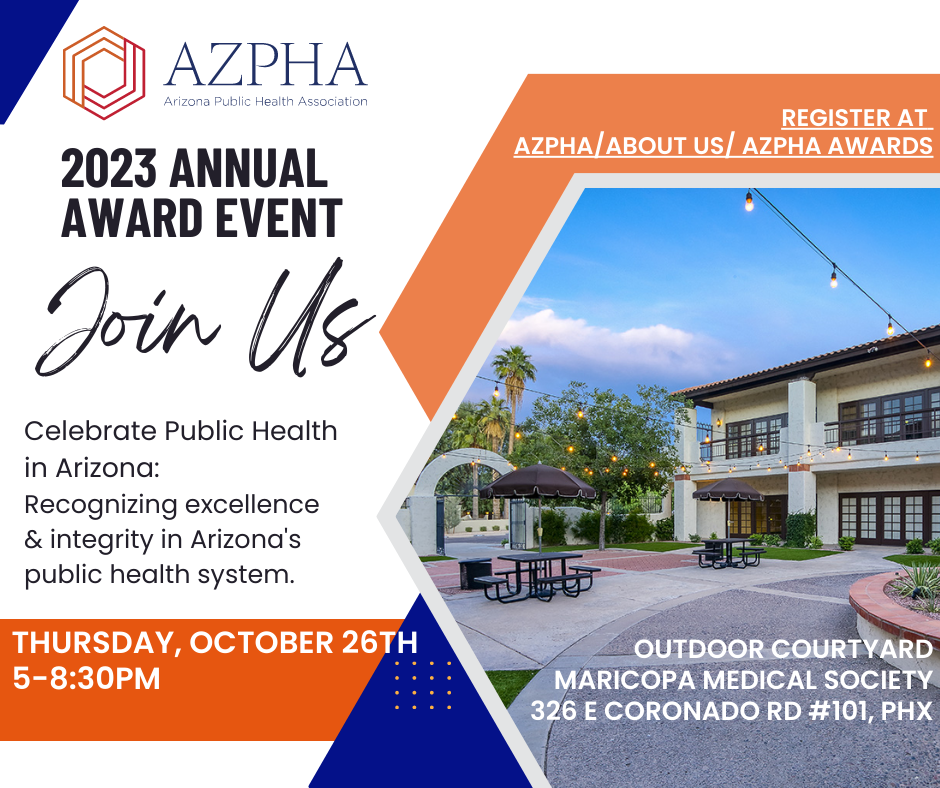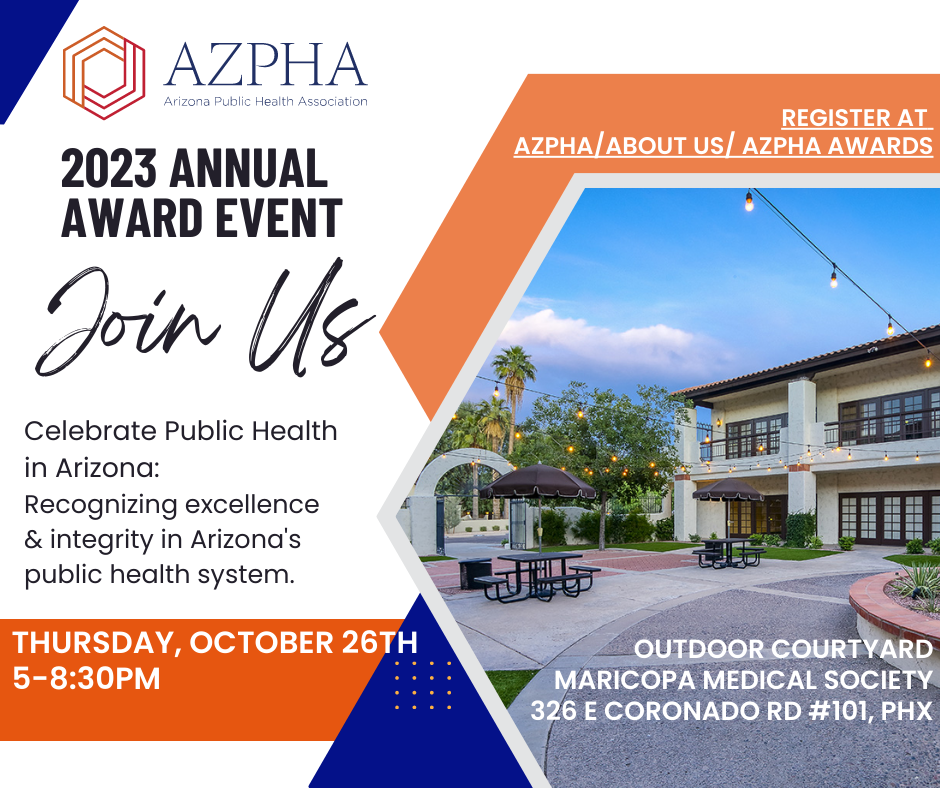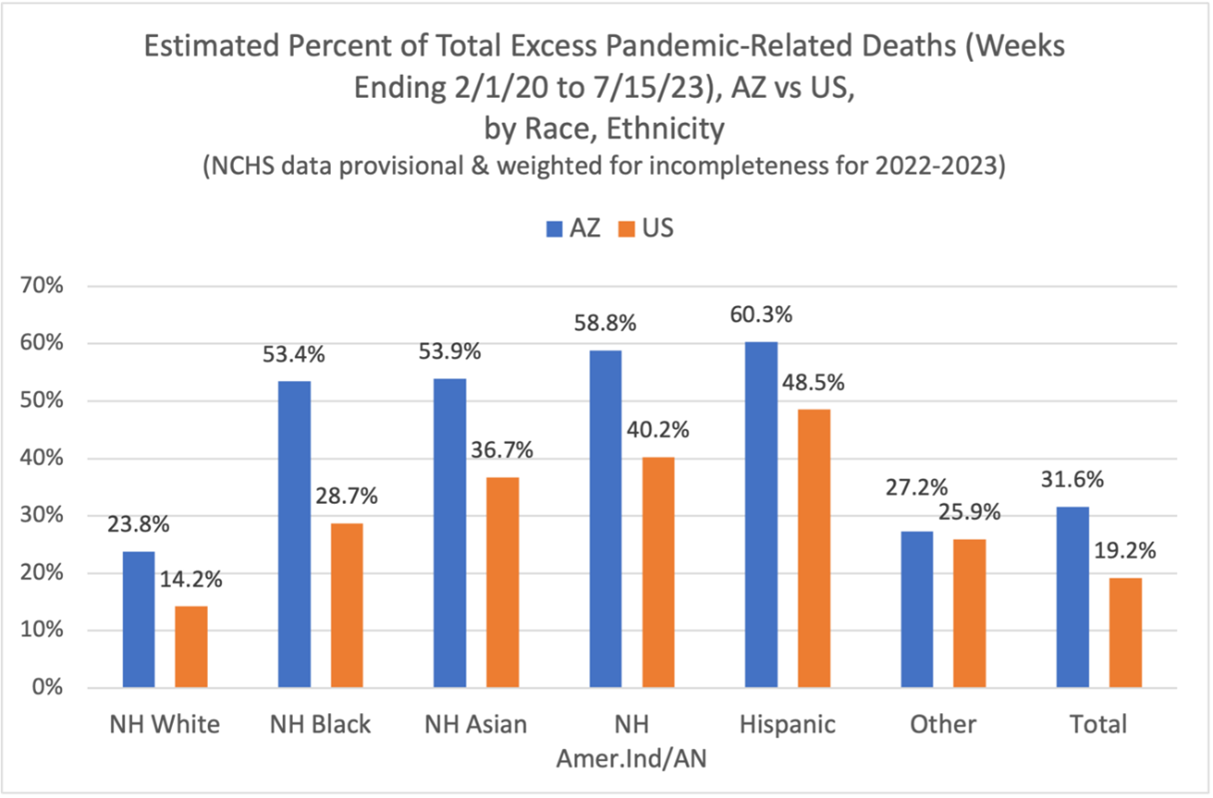Thursday, October 26, 2023
5:00pm – 8:30pm
Outdoor Courtyard at the Maricopa Medical Society
326 E Coronado Rd #101, Phoenix, AZ 85004
Tickets are only $60 and includes a full taco bar from Senor Taco with protein taco fillings plus beans, rice, guacamole, chips, tortillas & additional pre-rolled tacos.
Hosted Bar service by Top Shelf Bartenders includes wine, beer and soft drinks.
Register Today
_________________________








